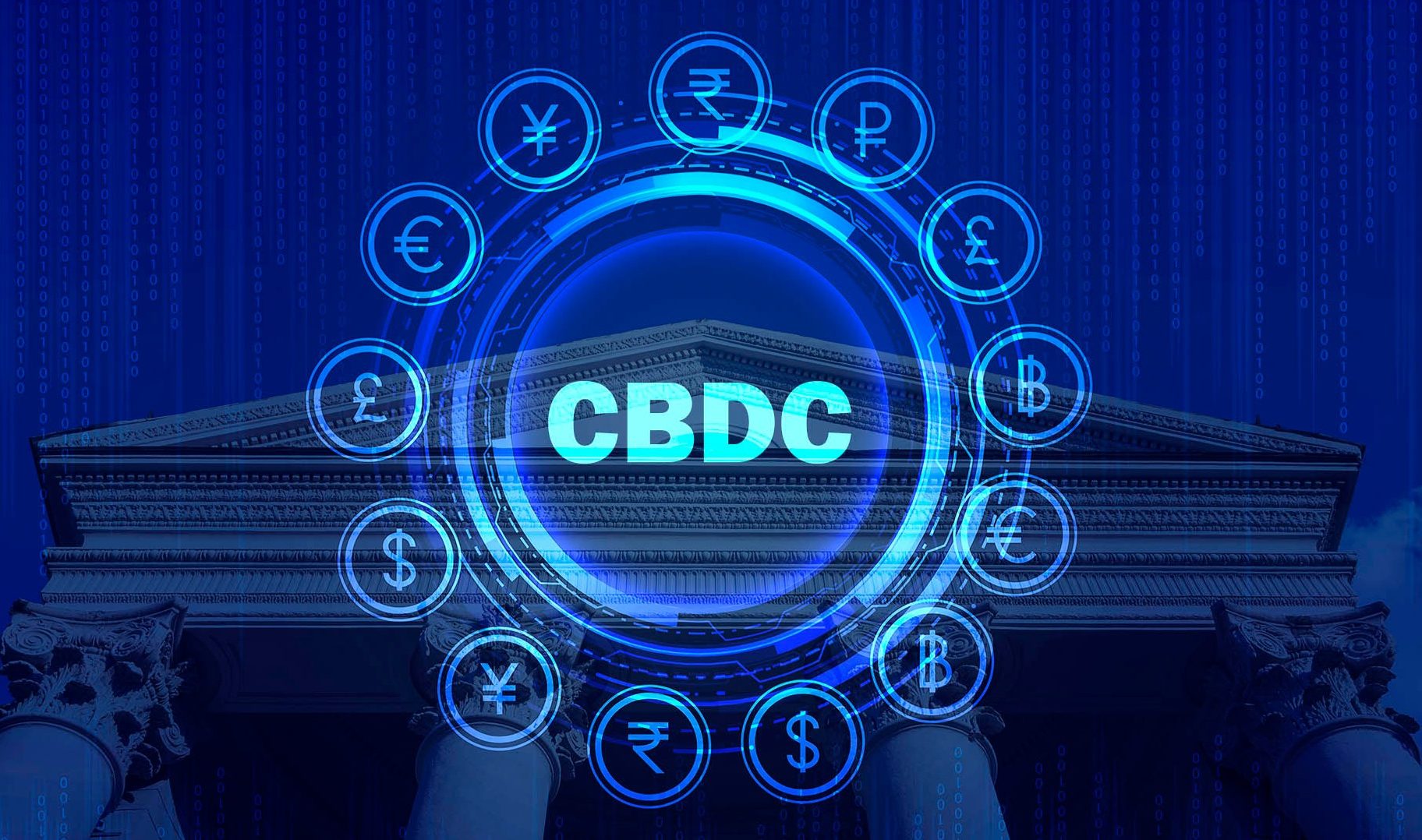
I was called out by Nick Kerigan, Head of Innovation at SWIFT, when I accused SWIFT of becoming a sloth a year ago. So, I was interested in the latest announcement that shows the aim of SWIFT to be the arbitrator of CBDCs (Central Bank Digital Currencies):
SWIFT has successfully shown that Central Bank Digital Currencies (CBDCs) and tokenised assets can move seamlessly on existing financial infrastructure – a major milestone towards enabling their smooth integration into the international financial ecosystem.
But then I put this in the context of my blogs of the past month and, specifically, this idea of tokenization. It now makes me wonder.
You have the traditional financial system, run by banks, backed by governments, with infrastructure created over the past years. It is known, trusted and used by everyone. Then we have a new financial system, run by technologists, backed by the network, with infrastructure created today. It is unknown, trusted by some and used by a few. The two are in conflict and I wonder which will win. But then, does there need to be a winner?
For example, SWIFT is trying to enable cross-border digital currency usage worldwide through their efforts reported above, and yet cryptocurrencies already allow global seamless real-time currency exchange worldwide at no cost.
The issue therein is that cryptocurrencies are not run by banks and governments. However, given this context, it’s kind of like we’re now trying to close the stable door after the horse has bolted. Cryptocurrencies are out there, they are real, they are being used, they allow real-time exchange, globally, with no issues. So, what are CBDCs for?
Obviously, they are for those people who believe in fiat currencies namely, governments and banks. We can then get into a dialogue around whether governments should issue these currencies to banks or to consumers directly. In fact, there was an interesting dialogue by my friend Richard Turrin around this theme the other day.
Richard claims that the Hong Kong CBDC announcement releases “an intermediated design as opposed to the more common hybrid two-tier CBDC, as used in China. Hybrid means that a commercial bank (bank) faces customers and provides them with retail CBDC (rCBDC). RCBDC flows directly from the central bank (cbank) to the bank with CBDC transactions recorded on central bank systems … THE CRITICAL PART is that the rCBDC is issued by your bank and bank networks do all CBDC processing. The cbank does not have rCBDC flow data!”
In other words, a central bank cannot track and trace your activities. The retail bank can, but not the central bank. I sat there and thought: so what? I can use some crypto these days to trade and transact globally, in real-time, with no-one knowing what I’m doing in government or the regulatory system. That is the key attraction of crypto trading. Sure, you know what I’m doing when I cash-in or cash-out, but why do I need cash? For shopping and buying gas? Paying bills and generally running around? Yep, but when it comes to investing and trading these days, most people don’t need cash or CBDCs which, for my mind, are the same thing. They need currencies that are global and real-time, and that’s what cryptocurrencies provide.
Therefore, I applaud the SWIFT initiative to enable digital dollars to transact with digital euros. It is a great thing for traditional banks and institutions. For those who are not traditional, there is an alternative. I wonder which one will win or, rather, is there a winner or just alternatives?
Chris M Skinner
Chris Skinner is best known as an independent commentator on the financial markets through his blog, TheFinanser.com, as author of the bestselling book Digital Bank, and Chair of the European networking forum the Financial Services Club. He has been voted one of the most influential people in banking by The Financial Brand (as well as one of the best blogs), a FinTech Titan (Next Bank), one of the Fintech Leaders you need to follow (City AM, Deluxe and Jax Finance), as well as one of the Top 40 most influential people in financial technology by the Wall Street Journal's Financial News. To learn more click here...

